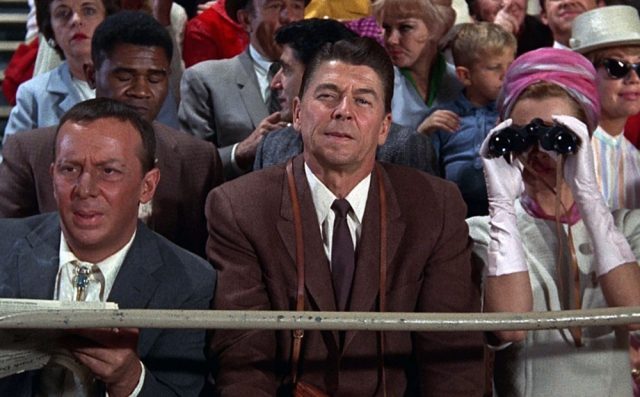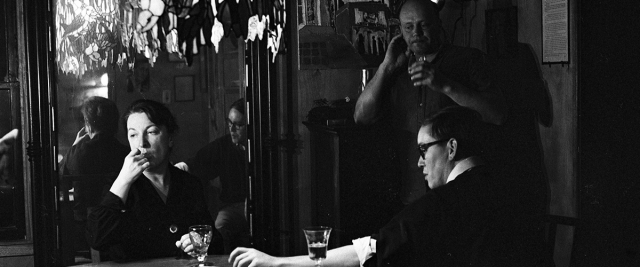
The life and career of film critic Pauline Kael is profiled in documentary What She Said
WHAT SHE SAID: THE ART OF PAULINE KAEL (Rob Garver, 2018)
Film Forum
209 West Houston St.
Opens Wednesday, December 25
212-727-8110
www.whatshesaidmovie.com
filmforum.org
I would love to read Pauline Kael’s review of Rob Garver’s What She Said: The Art of Pauline Kael, a documentary about the influential and pugnacious film critic who wrote about movies in her own unique, highly subjective way for nearly forty years. But the California-born Kael passed away in 2001 at the age of eighty-two, and we’ll never know. But in the film, which opens Christmas Day at Film Forum, we do learn about what many of her supporters and detractors, colleagues, fans (known as Paulettes), and targets thought of her. “We’re not talking about film criticism here; we’re talking about Pauline Kael,” explains writer and director Paul Schrader, who referred to Kael as his “second mother” in a 2001 Film Comment essay. “And, in the end of the game, what Pauline Kael promoted wasn’t film. It was her.”
Garver traces Kael’s career from her early days writing (ever-so-briefly) for McCall’s and the New Republic before moving to the New Yorker, where she covered “The Current Cinema” from 1968 to 1991, aside from a six-month hiatus when she attempted to produce a film with Warren Beatty for Paramount. Garver combines new and old interviews with Kael’s home movies and private photographs, television appearances, and narrated clips from her reviews and letters; among those discussing Kael and her work — the two are inseparable — are filmmakers John Boorman, Robert Towne, Quentin Tarantino, and David O. Russell, actor Alec Baldwin, writers Molly Haskell, Greil Marcus, Stephanie Zacharek, David Edelstein, Camille Paglia, Michael Sgragow, Joe Morgenstern, and Lili Anolik, and, seen in archival footage, Woody Allen, Norman Mailer (who referred to Kael as “lady vinegar”), Francis Ford Coppola, Robert Evans, Jerry Lewis, David Lean, and others. “Pauline could be very combative and very provocative and she could be cruel, for no reason,” Pulitzer Prize winner Morgenstern notes; Lean stopped making films for several years after Kael excoriated him at a luncheon.
We hear a lot from Kael, who split her time between New York City and her country home in Great Barrington, Massachusetts, through archival footage as well as narration by Sarah Jessica Parker, who reads excerpts from Kael’s personal and professional writings; in her last review, of Steve Martin’s 1991 film L.A. Story, Kael called Parker a “bouncy nymph.” While she was loathed by plenty of people inside and outside the industry, Kael was also beloved and needed by others. She says, “People don’t tend to like a good critic. They tend to hate your guts. If they like you, I think you should start getting worried.” Marlene Dietrich wrote to her, “I am quite lost without your opinions on films.” Directors such as Wes Anderson would send her their films even after she retired, just to hear what she thought. But her daughter, Gina James, notes, “There are times when people will tell me something that she said to them and I think, that’s impossible, and then I realize they couldn’t have made it up because it is just shocking.”
Garver (Comic Belief, The Man in the Yellow Cap) also includes snippets from hundreds of films; while the clips from such movies as Vittorio De Sica’s Shoeshine, Robert Wise’s The Sound of Music, Lean’s Lawrence of Arabia, Coppola’s Apocalypse Now, Arthur Penn’s Bonnie and Clyde, Jean-Luc Godard’s Bande à part, Alain Resnais’s Hiroshima Mon Amour, Charlie Chaplin’s Limelight, Stanley Kubrick’s 2001: A Space Odyssey, Bernardo Bertolucci’s Last Tango in Paris, and Brian De Palma’s Casualties of War are effective because they are shown in context with her reviews of those films, the snippets are also overused as punctuation, adding an unnecessary exclamation point at the end of a sentence to drive home a point that is already clear. For example, when Edelstein states, “Pauline would write about something, and you would not only love reading it, but then you would want to see what she wrote about so you could argue with her, or you could relive it with her, you could see it through her eyes,” Garver follows that with a scene from Martin Scorsese’s Taxi Driver in which Robert DeNiro as Travis Bickle puts his fingers over his eyes as he watches a movie. It might be cute, but it’s also extraneous.
Ultimately, Garver’s main point is that love her or hate her, Kael, who left behind a vast legacy of her writings, including thirteen books (I Lost It at the Movies, Kiss Kiss Bang Bang), and had several unsuccessful relationships with men, changed how we approach film criticism and experience films themselves. “She turned the movie review, which is this kind of flimsy vehicle — it’s a thumbs-up or thumbs-down endeavor — into this expressive art form. I mean, it was as expressive as the short story or the sonnet,” writer Lili Anolik says. Film Forum is hosting several Q&As and panel discussions during the scheduled two-week run, with Garver December 26 and 27 at 7:00, December 28 at 4:30, and December 29 with composer Rick Baitz as well at 2:30, with Zacharek and Monica Castillo on January 2 at 7:00, and with Owen Gleiberman on January 4 at 4:30.
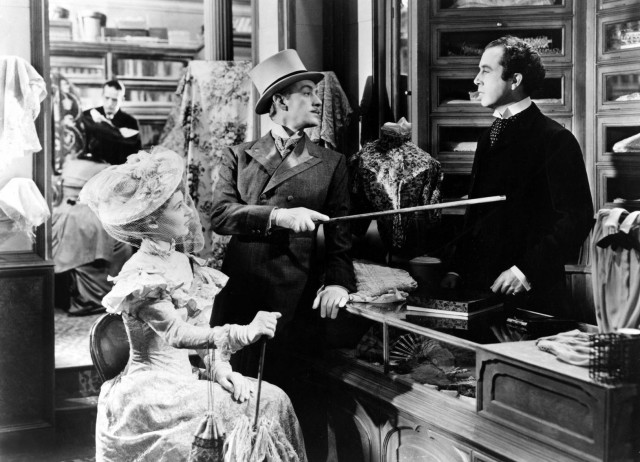
 After being spurned by their aristocrat family and watching the wealthy D’Ascoynes turn their back on his mother even in death, Louis Mazzini (Dennis Price) decides that he is not going to let them get away with such awful treatment. So Louis, the tenth Duke of Chalfont, comes up with a plot to get rid of the eight D’Ascoynes standing between him and the dukedom. In Robert Hamer’s wickedly funny black comedy Kind Hearts and Coronets — screening at Film Forum November 27 through December 5 in a seventieth anniversary 4K restoration — each one of those haughty D’Ascoynes is played by Alec Guinness, young and old, male and female, to deservedly great acclaim.
After being spurned by their aristocrat family and watching the wealthy D’Ascoynes turn their back on his mother even in death, Louis Mazzini (Dennis Price) decides that he is not going to let them get away with such awful treatment. So Louis, the tenth Duke of Chalfont, comes up with a plot to get rid of the eight D’Ascoynes standing between him and the dukedom. In Robert Hamer’s wickedly funny black comedy Kind Hearts and Coronets — screening at Film Forum November 27 through December 5 in a seventieth anniversary 4K restoration — each one of those haughty D’Ascoynes is played by Alec Guinness, young and old, male and female, to deservedly great acclaim.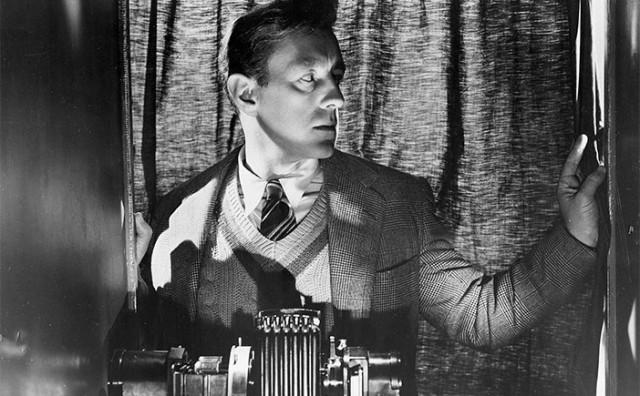
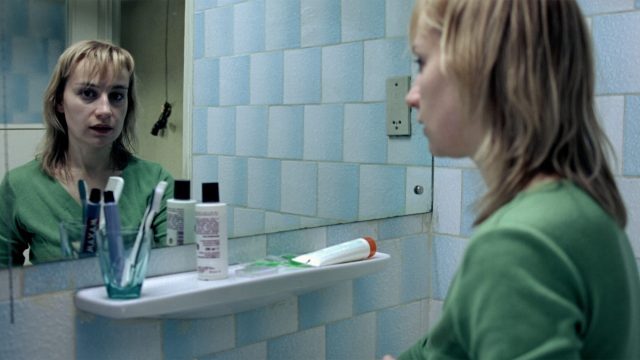
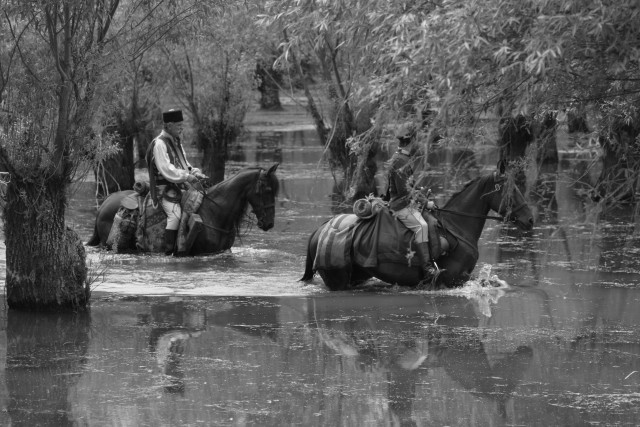
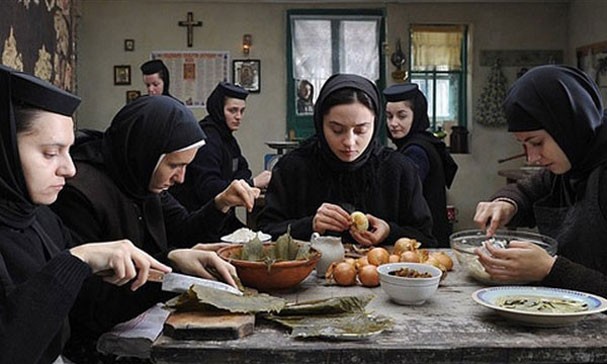
 Inspired by a true story detailed in a pair of nonfiction novels by Romanian journalist Tatiana Niculescu Bran, Cristian Mungiu’s Beyond the Hills is a powerful, emotional study of love, friendship, dedication, devotion, and sexual repression. In a barren section of modern-day Romania, Alina (Cristina Flutur) arrives at a poverty-stricken Orthodox monastery, where her childhood friend Voichita (Cosmina Stratan) has become a nun. Both young women grew up in a poor orphanage, and both still have no real place in society. Alina has come to try to convince Voichita — possibly her former lover — to leave the flock and go with her to Germany, where they can live and work together freely. Early on, Voichita rubs a tired Alina’s bare back; when Alina turns over, Voichita just stops short of massaging her friend’s chest, the sexual tension nearly exploding in a scene of quiet beauty that speaks volumes about their relationship. Despite Alina’s pleading, Voichita, apparently filled with deep inner guilt, refuses to turn her back on the priest (Valeriu Andriuţă), whom all the nuns refer to as Pa, and her newfound vocation. Unable to accept her friend’s decision, Alina begins acting out in threatening ways to both herself and the true believers, leading to shocking, tragic consequences.
Inspired by a true story detailed in a pair of nonfiction novels by Romanian journalist Tatiana Niculescu Bran, Cristian Mungiu’s Beyond the Hills is a powerful, emotional study of love, friendship, dedication, devotion, and sexual repression. In a barren section of modern-day Romania, Alina (Cristina Flutur) arrives at a poverty-stricken Orthodox monastery, where her childhood friend Voichita (Cosmina Stratan) has become a nun. Both young women grew up in a poor orphanage, and both still have no real place in society. Alina has come to try to convince Voichita — possibly her former lover — to leave the flock and go with her to Germany, where they can live and work together freely. Early on, Voichita rubs a tired Alina’s bare back; when Alina turns over, Voichita just stops short of massaging her friend’s chest, the sexual tension nearly exploding in a scene of quiet beauty that speaks volumes about their relationship. Despite Alina’s pleading, Voichita, apparently filled with deep inner guilt, refuses to turn her back on the priest (Valeriu Andriuţă), whom all the nuns refer to as Pa, and her newfound vocation. Unable to accept her friend’s decision, Alina begins acting out in threatening ways to both herself and the true believers, leading to shocking, tragic consequences.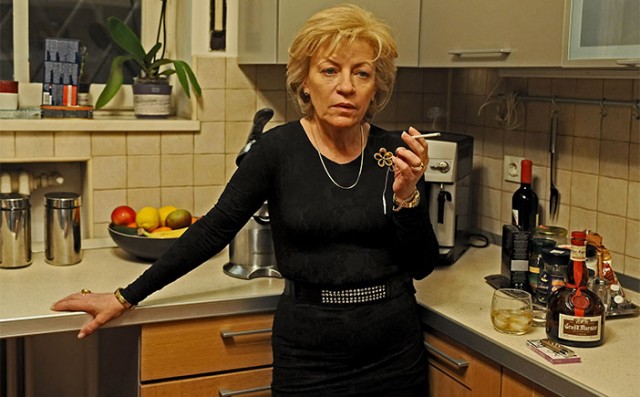
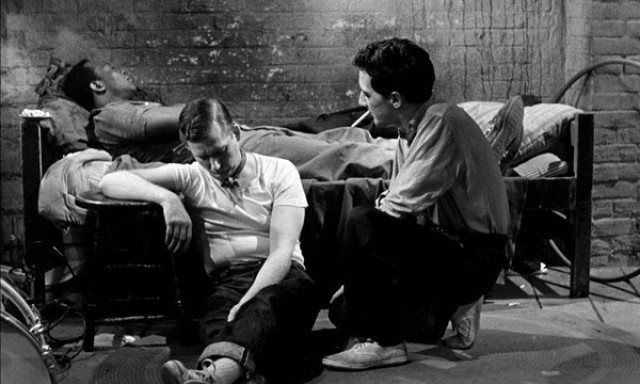
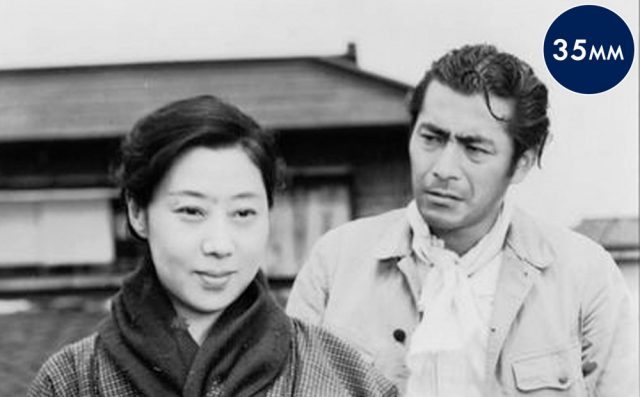
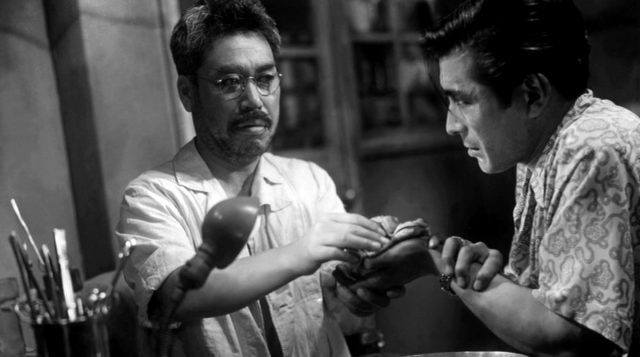
 The first film that Akira Kurosawa had total control over, Drunken Angel tells the story of a young Yakuza member, Matsunaga (Toshirô Mifune), who shows up late one night at the office of the neighborhood doctor, Sanada (Takashi Shimura), to have a bullet removed from his hand. Sanada, an expert on tuberculosis, immediately diagnoses Matsunaga with the disease, but the gangster is too proud to admit there is anything wrong with him. Sanada sees a lot of himself in the young man, remembering a time when his life was full of choices — he could have been a gangster or a successful big-city doctor. When Okada (Reisaburo Yamamoto) returns from prison, searching for Sanada’s nurse, Miyo (Chieko Nakakita), the film turns into a classic noir, with marvelous touches of German expressionism thrown in. The terrible incidental music lapses into melodramatic mush, preventing the film from reaching its full potential greatness, but that’s just a minor quibble.
The first film that Akira Kurosawa had total control over, Drunken Angel tells the story of a young Yakuza member, Matsunaga (Toshirô Mifune), who shows up late one night at the office of the neighborhood doctor, Sanada (Takashi Shimura), to have a bullet removed from his hand. Sanada, an expert on tuberculosis, immediately diagnoses Matsunaga with the disease, but the gangster is too proud to admit there is anything wrong with him. Sanada sees a lot of himself in the young man, remembering a time when his life was full of choices — he could have been a gangster or a successful big-city doctor. When Okada (Reisaburo Yamamoto) returns from prison, searching for Sanada’s nurse, Miyo (Chieko Nakakita), the film turns into a classic noir, with marvelous touches of German expressionism thrown in. The terrible incidental music lapses into melodramatic mush, preventing the film from reaching its full potential greatness, but that’s just a minor quibble.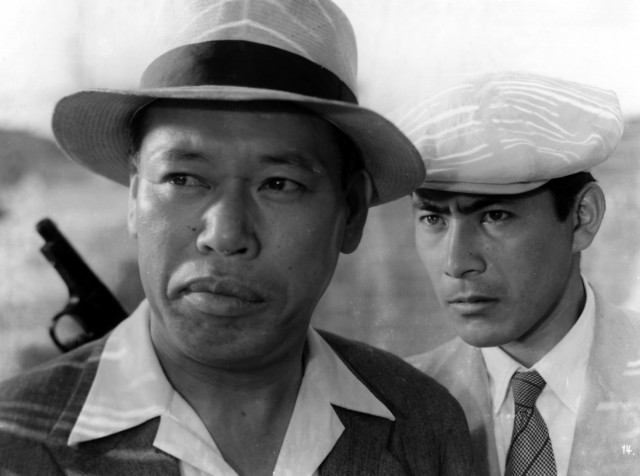
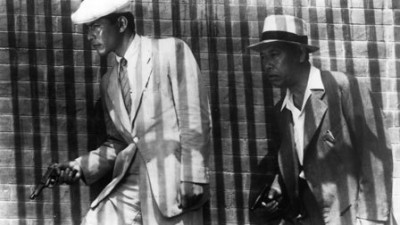
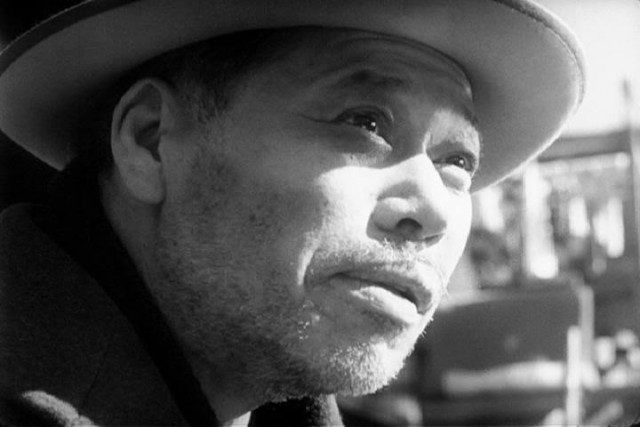
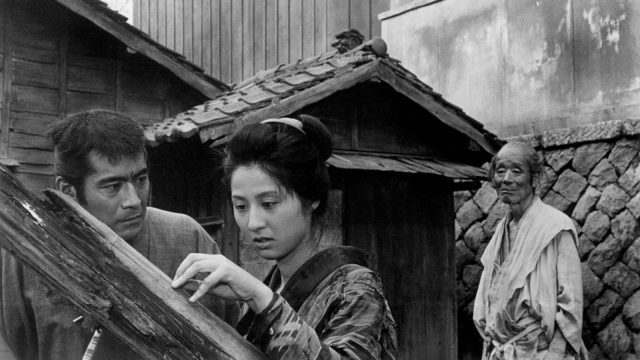

 In 1966, Brooklyn-born photographer Jay Maisel moved into the 1898 Germania Bank Building on the corner of Bowery and Spring, purchased with a now astonishing $25,000 down payment. Nearly fifty years later, in early 2015, after decades of taking pictures and collecting tens of thousands of random items, he was forced to sell the graffiti-laden, six-floor, 36,000-square-foot property because of rising maintenance costs; at fifty-five million dollars, it was the largest private real estate deal in New York history. One of his protégés, Stephen Wilkes — who back in the 1970s knocked on Maisel’s door and showed him his portfolio — documents Maisel’s months-long exit from the landmark building as he and a team of assistants sift through the maelstrom and Maisel regales him with stories from his career, which has included shooting for advertising agencies, Sports Illustrated, New York magazine, and jazz legends. “Objects are there for you only if you really see them. If you don’t, they don’t exist. And a lot of people don’t see things,” Maisel philosophizes. “Before you’re going to be able to see, you have to look. And before you can look, you have to want to look. And art is, to some effect, trying to make others see what you see.”
In 1966, Brooklyn-born photographer Jay Maisel moved into the 1898 Germania Bank Building on the corner of Bowery and Spring, purchased with a now astonishing $25,000 down payment. Nearly fifty years later, in early 2015, after decades of taking pictures and collecting tens of thousands of random items, he was forced to sell the graffiti-laden, six-floor, 36,000-square-foot property because of rising maintenance costs; at fifty-five million dollars, it was the largest private real estate deal in New York history. One of his protégés, Stephen Wilkes — who back in the 1970s knocked on Maisel’s door and showed him his portfolio — documents Maisel’s months-long exit from the landmark building as he and a team of assistants sift through the maelstrom and Maisel regales him with stories from his career, which has included shooting for advertising agencies, Sports Illustrated, New York magazine, and jazz legends. “Objects are there for you only if you really see them. If you don’t, they don’t exist. And a lot of people don’t see things,” Maisel philosophizes. “Before you’re going to be able to see, you have to look. And before you can look, you have to want to look. And art is, to some effect, trying to make others see what you see.”
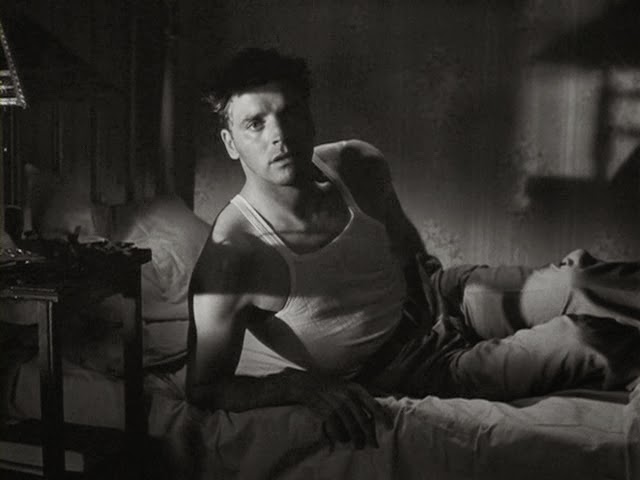
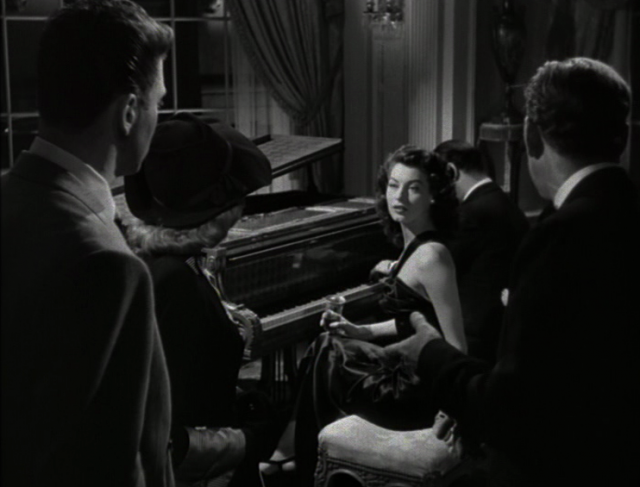
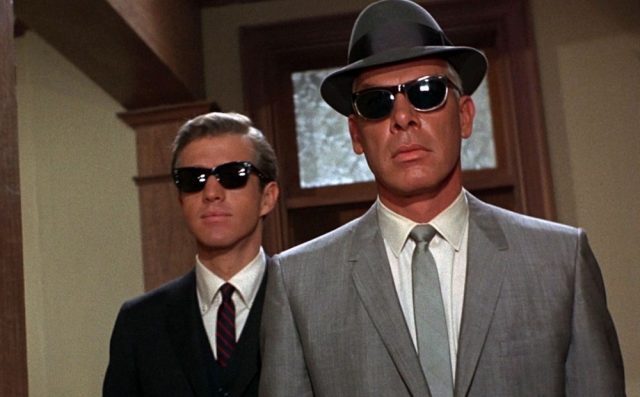
 In conjunction with the screening of the 1946 version of The Killers kicking off Film Forum’s four-week Burt Lancaster festival, the downtown institution is also presenting Don Siegel’s 1964 remake July 20-22. Siegel, who at one point was supposed to direct the 1946 original, sets this adaptation of Ernest Hemingway’s 1927 short story in a bright, candy-colored world that is a far cry from the intricate, shadowy darkness of Robert Siodmak’s earlier noir version; in fact, it’s so luminous that hitmen Charlie Strom (Lee Marvin) and Lee (Clu Gulager) are often wearing dark sunglasses (à la Jake and Ellwood Blues), and the film opens with them walking into a home for the blind, passing by two blind boys playing their own version of cops and robbers. The men are there to kill former race-car driver Johnny North (John Cassavetes), who is now a teacher. Despite being warned by an old man (longtime character actor Burt Mustin) that they are coming, Johnny waits for them, choosing not to run. His lack of a survival instinct confounds Charlie, who goes on a search to find out why Johnny didn’t fight for his life but instead essentially welcomed a brutal death.
In conjunction with the screening of the 1946 version of The Killers kicking off Film Forum’s four-week Burt Lancaster festival, the downtown institution is also presenting Don Siegel’s 1964 remake July 20-22. Siegel, who at one point was supposed to direct the 1946 original, sets this adaptation of Ernest Hemingway’s 1927 short story in a bright, candy-colored world that is a far cry from the intricate, shadowy darkness of Robert Siodmak’s earlier noir version; in fact, it’s so luminous that hitmen Charlie Strom (Lee Marvin) and Lee (Clu Gulager) are often wearing dark sunglasses (à la Jake and Ellwood Blues), and the film opens with them walking into a home for the blind, passing by two blind boys playing their own version of cops and robbers. The men are there to kill former race-car driver Johnny North (John Cassavetes), who is now a teacher. Despite being warned by an old man (longtime character actor Burt Mustin) that they are coming, Johnny waits for them, choosing not to run. His lack of a survival instinct confounds Charlie, who goes on a search to find out why Johnny didn’t fight for his life but instead essentially welcomed a brutal death.